Last Updated on July 28, 2021

JOBLO.COM/ AITH INTERVIEWS GEORGE ROMERO
Had a chance the other day to take part in a tele-press conference with George Romero in anticipation of the release of the
LAND OF THE DEAD
DVD. It’s gonna hit on October 18th and will be added to my personal collection immediately!
While the person behind the talent will often disappoint you in these interviews, Romero was everything you could hope for and more. Mellow, funny, excited to talk about his movies and as politically incorrect as you could hope for. Read on and enjoy the man behind the legend.
This is the first movie of the Dead series that you’ve made in the era of DVD. Did you do anything different with the DVD application in mind while you were making the movie?
You know, nothing specifically. I felt that I got away with murder with the MPAA. I used some tricks to get some stuff into the R rating. I literally walked zombies in front of a green screen so that I could, you know, composite them onto the picture and basically take frames off of some of the gore.
I think that really what the fans are going to like about it are the extras. John Leguizamo shot a little film, and the guys from Shaun of the Dead shot a little film while we were shooting the movie. And, you know, we cut some extras together.
This is also the first of the Dead films where you’ve used actors who are somewhat more experienced than in the previous movies.
That’s a nice way of putting it.
Did that change anything in either your experience of it or in the ultimate impact or in how you even prepared to do it?
No. I was a little more uptight going in because I didn’t know some of these people. But, Simon Baker had shot a TV series in Pittsburgh, so we had some commonality there. Dennis Hopper and I, even though he’s sort of gone Republican…
What?
Yes, Easy Rider has golf pants. And I’m not blowing his cover. He wears them proudly. But we made our first films as directors right around the same time, so we have that commonality. I’d worked with Robert before. I’ve known Asia since she was, you know, three feet tall. And nobody had any attitude. And this was a grueling shoot. I mean this was the toughest shoot I’ve ever been on. It was all freezing cold and all that. Everybody came to work, man. I mean it was great. There were no problems with anyone, so it just felt like old times. I mean I didn’t sense any difference.
What’s different in the director’s cut that’s not in the theatrical?
Well, there are a few effects that Nick Otero did that I didn’t even try to pass by the MPAA because I knew that they wouldn’t happen. A guy’s face gets ripped off. There’s a few things like that. And basically there are some other effects that are in the film that are just a little longer. I mean you see them a little more clearly.
The MPAA will never tell you to cut a scene. They’ll just say well, you know, take ten frames off that. They don’t want to appear to be censors. So we extended those. I think it’s only about five minutes longer. I don’t remember exactly. But half of that is made up by a scene that I didn’t think worked as well as it might have.
It’s a scene where Leguizamo, when he first comes into Fiddler’s Green , goes into an apartment next door to Kauffman’s apartment, and there’s a guy that has hung himself. And I didn’t think the effects came off that well, I just didn’t think it was as good as it might have been, so we cut it out of the theatrical release. And so that makes up most of the difference in the running time. And of course it’s a little harder. That’s not the important thing to me, because I think the film worked as it was.
Will you talk a little about the long wait to get the film to the screen? And can you imagine this film having come out any time other than post-September 11th, post-Iraq?
Well I did the first one in the 60s and then the 70s, the 80s, and I wanted to do the 90s and missed it because my partner and I got involved in all these development deals, Hollywood development deals. No movies ever got made. You know, I made a lot of bucks, but never made a movie. And in frustration, I fled and made a little film called Bruiser that nobody’s ever seen, and missed the 90s.
And as soon as I finished that movie, I went home and started to write. It was called Dead Reckoning. And I sent it around literally days before 9/11 happened. And then of course everybody wanted to make, you know, soft ice cream movies, fuzzy, friendly movies. So I put it back in the drawer and came back to it after the invasion.
And I said wow, this is a lot stronger. And it’s funny. You don’t have to change that much, you know. I had the armored vehicle. I had Dead Reckoning. And I had it driving through this little village. But after you’d seen all that stuff on CNN, you know, it just resonated that much more to have, you know, an armored vehicle going through a small village, then everybody wondering why they’re pissed off at us. I threw in some cheesy dialogue, like we don’t negotiate with terrorists.
And it’s darker, I think. We made the tower taller. It’s not really post-9/11. It’s about 9/11, pre and post, you know, the idea of feeling protected by water until the water gets breached and all that. And these are just snapshots. I’m not Michael Moore. I’m not trying to raise hell. I’m just sort of – I like the idea of these things being snapshots of when they were made. Anybody that looks at it that way will understand that I’m not a big fan of the Bush administration, but I’m more interested in just sort of reflecting the times when the films were made.
And what’s the impact that you expect?
I don’t know. I think I could show this movie at the White House and George Bush would say that’s a piece of shit and never notice that it was, you know, maybe a little bit about him. It’s basically a thrill ride, but I don’t want to do things that are just shallow that way, you know. If I’m in the shower and trying to dream up an idea for a new movie, I don’t think of guys in hockey masks with knives. I always try to think of well, what can I say here or how can I reflect something about the times?
The first one was in the riots and the ghettos and the beginning of the war and, you know, it was anger. And the second one was all of a sudden, you know, we had a lot of money and we were celebrating consumerism. And so I was trying to satirize that a little bit. The third one in the 80s, we were not only starting to mistrust institutions, but mistrusting each other. And this one is, you know, man, worried about war coming to the homeland, basically. They’re snapshots and reflections of the time and stylistic reflections as well. The films, I think, look like the decades that they were made in, or at least I was trying to make them look that way.
What drew you to the genre?
I’m old enough that I saw the original Universal famous monsters, Frankenstein, Dracula and that, in big screen, in re-release. And I don’t know that there are many people that have seen Dracula on the big screen, but I did as a kid. And I just always loved the genre. It was not the way I necessarily wanted to go.
Before we made Night of the Living Dead, we had this little commercial company doing beer commercials and industrial films, and we wanted to make a movie. I wrote this script, which was very sort of Bergman-esque, because right at that time, you know, the Seventh Seal and the Virgin Spring and those movies were happening. And we couldn’t get investors. Literally, everybody said what’s this garbage? So I said well, why don’t we make a horror movie? I think maybe we can make a good one.
And I literally ripped off the idea from a Richard Matheson novel called I am Legend and twisted it a bit. And that’s the way it happened, you know. And I didn’t even know that these creatures were zombies. In that film I called them ghouls or flesh-eaters. In fact, our original title was Night of the Flesh-Eaters. It was like backing into it because we needed to raise money, just like the way the business works. Even though we didn’t know we were in the business.
Who or what inspired you to become a filmmaker?
Well, my dad was a commercial artist, and I first went to college to study painting and design and found out that I wasn’t very good. And I went to Carnegie Mellon. They had a wonderful theater school there, and I did an off-campus play as an actor. And the Dean of the drama department came over and said hey, why don’t you switch, come over to theater? And that’s what I did. Until then I never thought professionally about any of this. I mean I always loved movies, but I thought you had to be born royalty to be involved in it. And then I met all these people that were striving actors, directors, writers. And I said well, hey, why not me?
And as far as the film that inspired me most, I mean everyone is always shocked by this, but it’s a Michael Powell film called the Tales of Hoffman. It’s an opera, and it’s a fantasy. I mean it has horrific elements in it. So I guess as a kid that maybe is what attracted me to it, but it was just a beautiful film. And the way he did it, it was way in the days before there were any kind of CG or anything. And the effects and the way he achieved things were sort of transparent. And I said to myself gee, I can see how he did that. That’s a double exposure or he’s running the picture backwards, you know, stuff like that. And it made it very accessible to me, and I loved the movie.
Your films have been called cult classics, and I wondered, what does that mean to you exactly? Are you glad to have that status?
Man, this is a toughie. Well, I would rather be a cult figure than Bruce Willis. So in that sense, yeah, I’m glad. But I don’t know. What does it mean, cult figure? I don’t know, man. You don’t think of yourself in those terms in any way, shape or form. You think of yourself as a person and, I’m doing something that I love to do. You don’t ever think of yourself as somebody who has had an influence or has inspired people or anything like that. You just don’t think of it on a day-to-day basis. You never do. Every once in a while, you reflect on it and you say gee, maybe I did okay. But that’s about it.
What do you think the appeal of horror is?
You know, you can ruminate about this stuff. I don’t know. I think that a startle or a scare comes up out of your soul, just the way a laugh does. You don’t know exactly what makes you laugh. All of a sudden you’re watching something and you crack up, and that’s an involuntary response that comes up from somewhere inside, which tells you something about yourself. And I think that in a weird way, scares and startles work the same way.
You include a lot of humanistic elements in your films that are often missing from genre work. Are there any directors or movies that have added elements that aren’t typical to their specific genre that have influenced you in doing that?
Well, influenced me, no. I think because most of my influence has come from different kinds of films, that I’m more concerned about the movie itself and about the characters and less so about the horror. I don’t even think that my films are – I don’t even think the zombie films – maybe Night, the first one. But I don’t think that the others are scary. I think they’re fun. They’re sort of action adventure things.
So I think it’s probably because my influences come from all other kinds of films. I mean you know, I don’t just watch horror films. I watch movies. Like I recently, just a few nights ago, watched High Noon. Very dated, old western, beautiful, beautifully crafted and everything. But what makes it work and what makes it still work is exactly what you said. It’s the relationships. It’s, you know, the man alone, first of all, almost being abandoned by his wife, who then comes back. And I mean you may not agree with what she does in shooting the guy, but she basically comes back and supports her husband.
What advice do you have for today’s young hopefuls? And how has that advice changed from the 70s and 80s, given that the marketplace has evolved and different challenges have presented themselves in each decade for making independent movies?
When I was just getting interested in this stuff, I was in Pittsburgh. Cities the size of Pittsburgh had film laboratories because the news was on film. I mean my first job that I ever made a nickel for was bicycling newsreels to the TV stations on film, single system, shot on Oracons, and all that. And what I think the difference was – for example, it cost us in the end 70 grand to make Night of the Living Dead. Now everybody says that’s peanuts, but that ain’t peanuts if you’re some kid that wants to go out and make a movie. And so the difference today is that you can go shoot a movie.
Now getting distribution is something else. And unfortunately, today that’s a bigger problem. But hopefully if you have a good enough idea and if the movie comes out good enough, man, take it to Sundance. Take it wherever the hell you can take it until somebody looks at it and, you know, says hey, you want a three-picture deal?
Your zombies have evolved dramatically in the four zombie films that you’ve made, from just being shambling bloodthirsty creatures to Land of the Dead where they’re actually doing things they once did when they were alive and learning to use tools and get out of conflict situations. What’s next in the evolution of the Romero zombie that we’ve yet to see?
Maybe they’ll start farming. I don’t know, man. In my mind, the character of Bub in Day of the Dead was in fact more advanced than Big Daddy in Land of the Dead. I mean the cat almost spoke. And I didn’t think it was a great leap. And it’s amazing, actually. People say wow, all of a sudden your zombies have some character or some organization or something. I think Bub was the sort of perfect introduction to that.
Big Daddy, I think is maybe a bit dumber than Bub was, even. But he’s a strong presence. I tried to indicate by making him African-American that I was switching allegiances and you should like this guy. But he just has, you know, star quality, whatever it is. And so where Bub was imitating the scientist who was trying to tame him, quotes around that word, now all of a sudden other zombies are imitating Big Daddy’s actions, and he’s almost teaching them.
And so I’m sort of marching along that road. It’s like the war against terror. Who’s going to ever win that war, you know? Give me a break, not a chance. So that’s partly what I’m saying, is that this is a new society that is coming in, and you may not understand it, and it may be, you know, weird or whatever. But it’s something to be reckoned with, and you can’t just sort of write it off.
Is there something in the works to show that growth?
Well, there’s nothing directly in the works. I thought for a while that, this being a big studio release, if it made lots of money, I might have to make a sequel quickly, which I didn’t really want to do because these have been so far apart, and I like the idea that they reflect different decades. So I sort of left it – in two ways left it open.
If I needed to make a sequel quickly, I could just continue this story. I could either follow the truck or follow Big Daddy and just continue the same story. At the same time, there’s no way to end this, right, except for some sort of détente. You stop eating me, and I’ll stop shooting at you. So I tried to wink at that at the end when Riley says they’re just looking for a place to go, same as us.
And so if this is the last one, if I don’t live long enough to make another one, then you know, I’m content. Otherwise, I’m going to wait for sort of another event. Maybe somebody will nuke DC, and then I’ll have something else to talk about.
Did Land of the Dead meet your own personal expectations?
You know what? It did. And the whole time I was making it, I kept thinking well, we’re not getting it. And I tell you that cast and crew, 100% were just completely with it. But we kept running out of money. You can’t shoot this. You don’t have time. The weather was lousy. Something would kick us in the ass. The whole time making the film, I thought we don’t have this. This is not there yet. And then I got – I had a wonderful editor, Michael Doherty.
And when I started, I mean within a week working with Michael in the cutting room, and he was like starting to pull shit together, and it was happening, you know. And I was like saying wow, man, I didn’t think we had that. And honestly, in the end, by the time we finished editing the film, I thought it was pretty damn good. Now you can never see your own movie until, you know, a couple of years later when you can forget it, drop it out of your head and just watch it as a flick. And so I’m not sure, but I think it’s pretty good.
Which of your films do you feel translated the best from the written page to the screen?
Martin. Not even a second of doubt. What I had on the page in Martin, absolutely I was able to completely execute it. And it’s the first and only time that I was really able to completely execute exactly what was on the page, and that’s why Martin is my favorite flick. I also remember the good times making it and the people that were working on it. That’s the one.
You said that it takes you a couple years to kind of digest your films and go back and look at them. So what is it like doing commentary that’s so fresh on a movie, and how do you choose who you do the commentary with?
Well, I mean being completely honest, this time it was Peter, my partner, Peter Grunwald, and the editor, Michael Doherty, happened to be here in Toronto, and that’s the way it happened. They said okay, we’re doing the commentary. So I said okay, guys, come in so I don’t have to be by myself. This is the first time I’ve done a commentary so closely to the completion of production.
In the past there was no such thing as DVD release and commentary tracks and all that. So I’ve usually had to do them years later. You just phone around and say hey, do you want to do a commentary track? Like when I called John Amplas for Martin. You know, you just phone around and see who’s available and who’s willing to do it. I’m not sure the fans realized how informal it is. But it is. It’s sort of no big thing. Let’s go watch the movie and talk about it. That’s really what it is.
Can you compare the experience of doing one with a lot of perspective and one that’s right out of the box?
You know, sometimes that’s hard. Like we, years later, did a commentary track for a DVD release of Knightriders. And Tom Savini came over, who was not only the effects guy, but acted, was an actor in Knightriders. And the two of us sat there and actually wept remembering. There were moments in there, like when Ed Harris gives Tom the throne in Knightriders. And I mean the two of us were unable to speak because we were crying.
So I don’t know if that would have happened if we had done that commentary a week after we made the movie, I don’t know if that would have happened because we both would have still been involved in the headache of making the movie. But you know, when you do it years later and can see the movie as a movie and can appreciate at least what you were trying to do, it just gets you. So I think that’s the difference. You’re able to see the movie as a movie instead of just thinking of the headaches and problems and oh, shit, man, that truck didn’t work that night and, you know, all of that. There’s just so much on your mind when you’re close up to it. And you can’t quite see it as a movie.
That’s it for now kids! Let me say a big thanks to George Romero for taking the time to chat. He is clearly one cool, laid back cat!


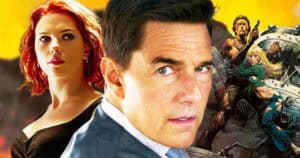
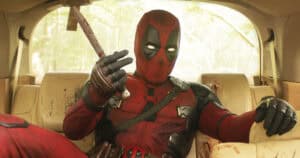
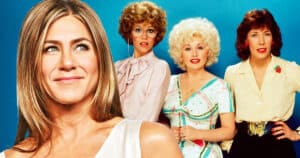
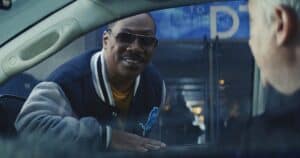
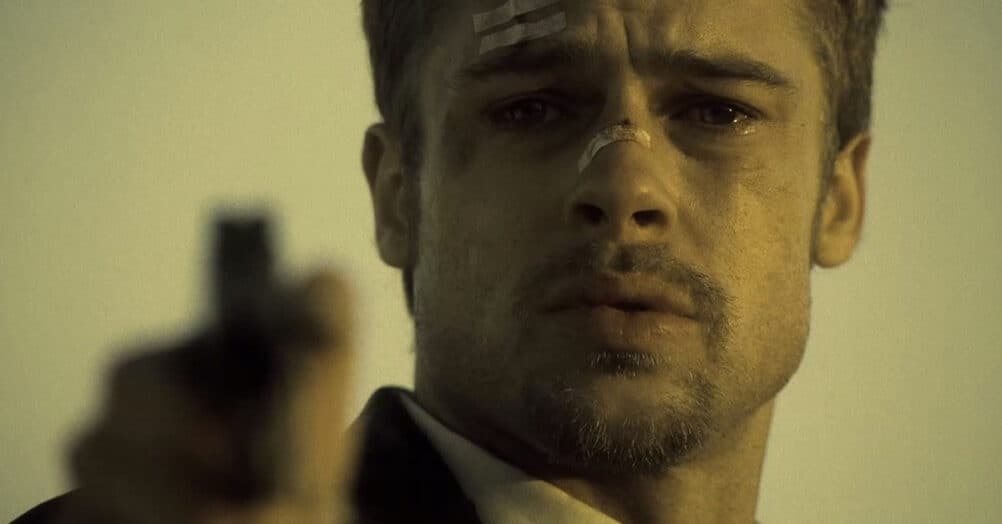

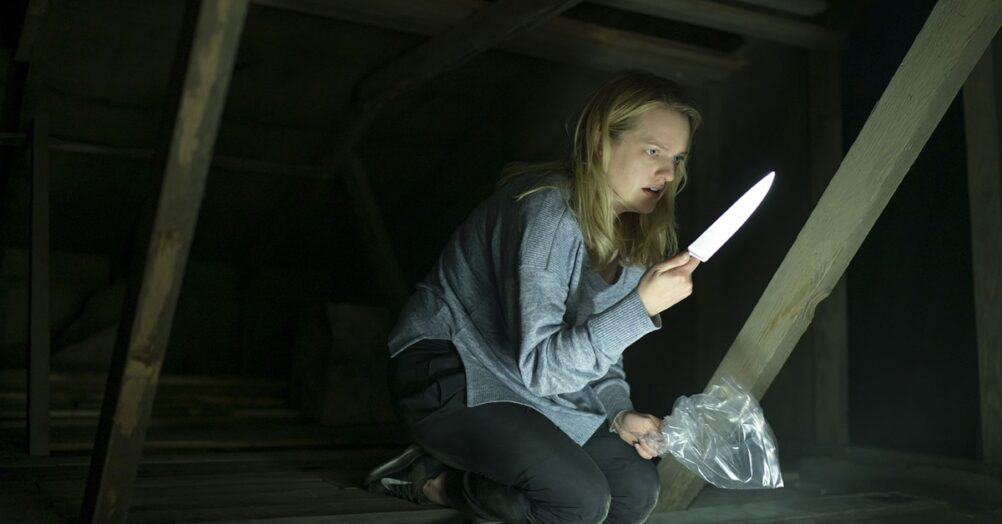

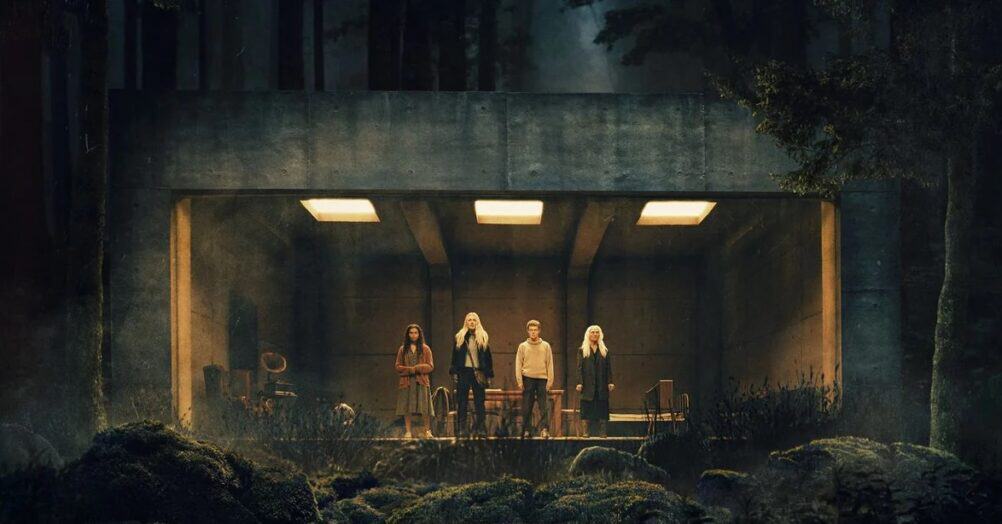
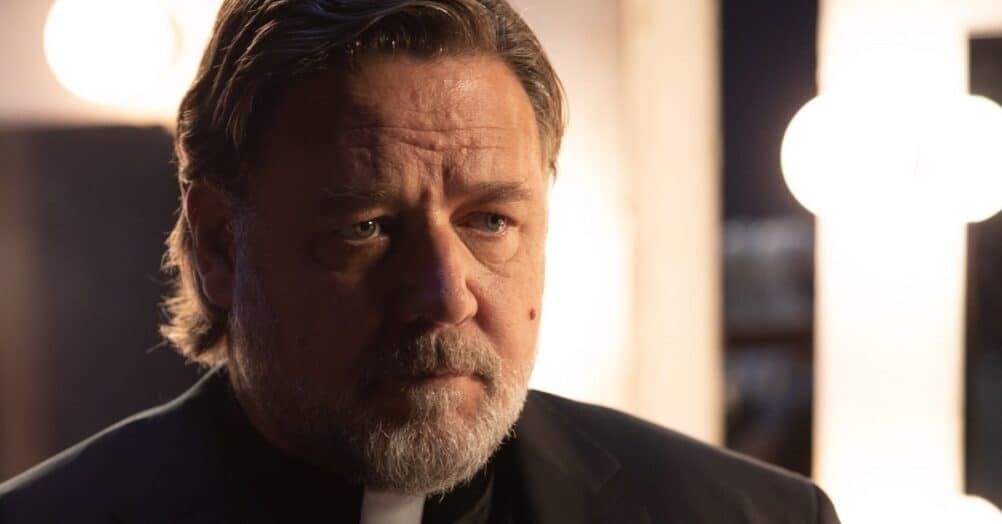

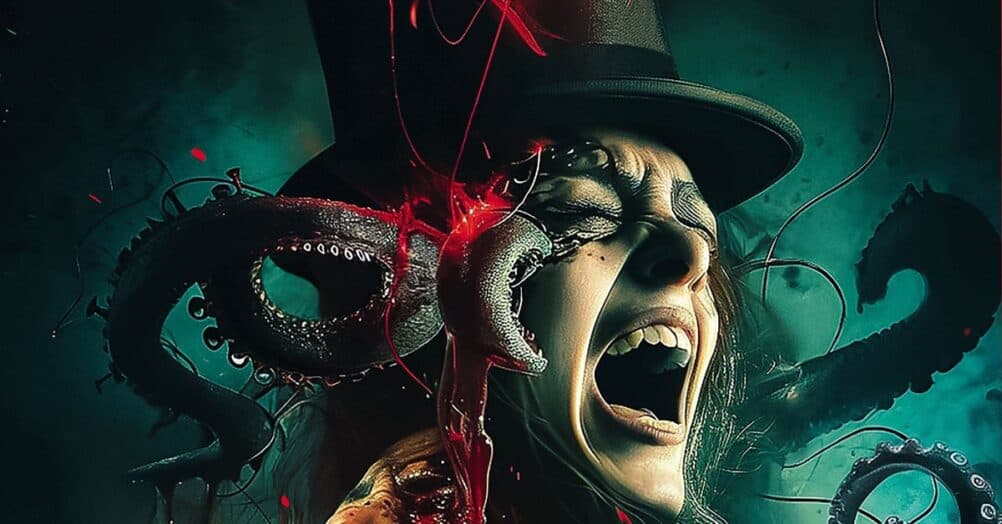
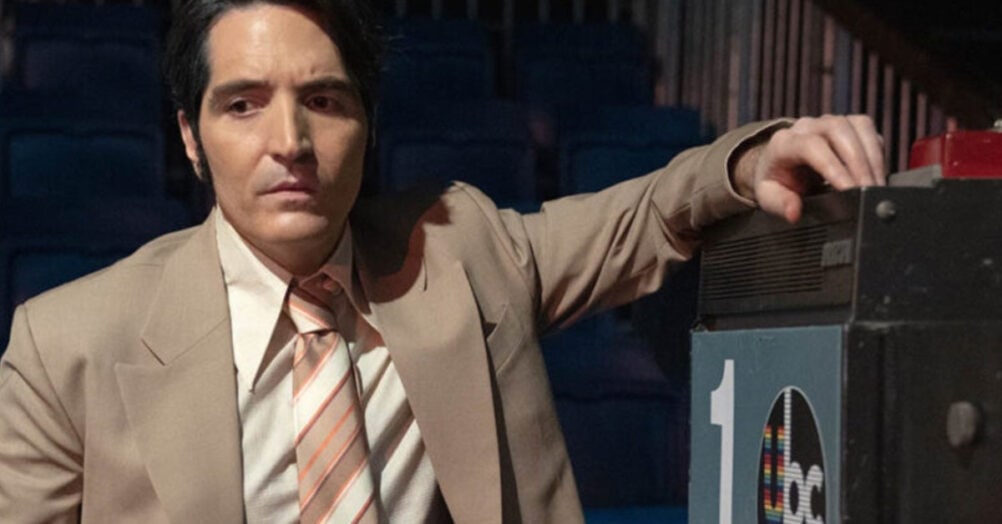
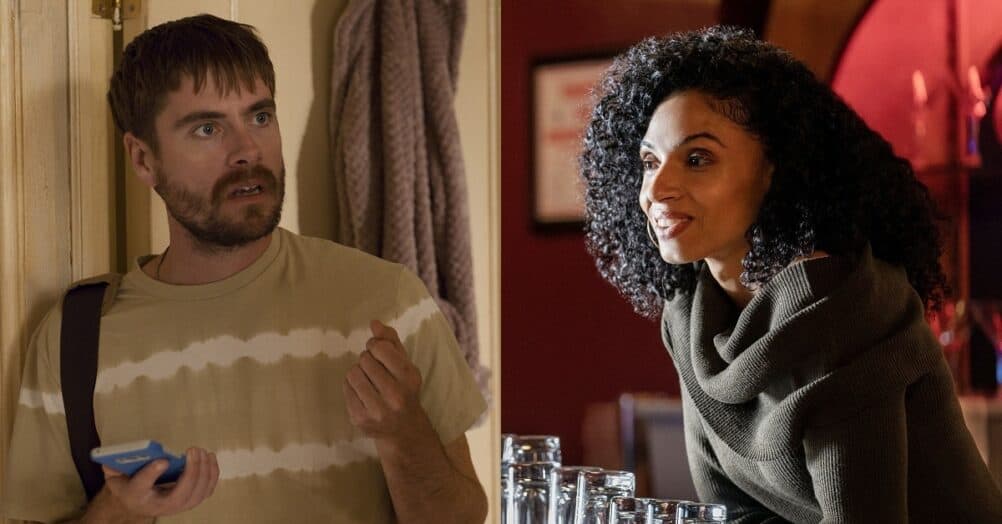
Follow the JOBLO MOVIE NETWORK
Follow us on YOUTUBE
Follow ARROW IN THE HEAD
Follow AITH on YOUTUBE